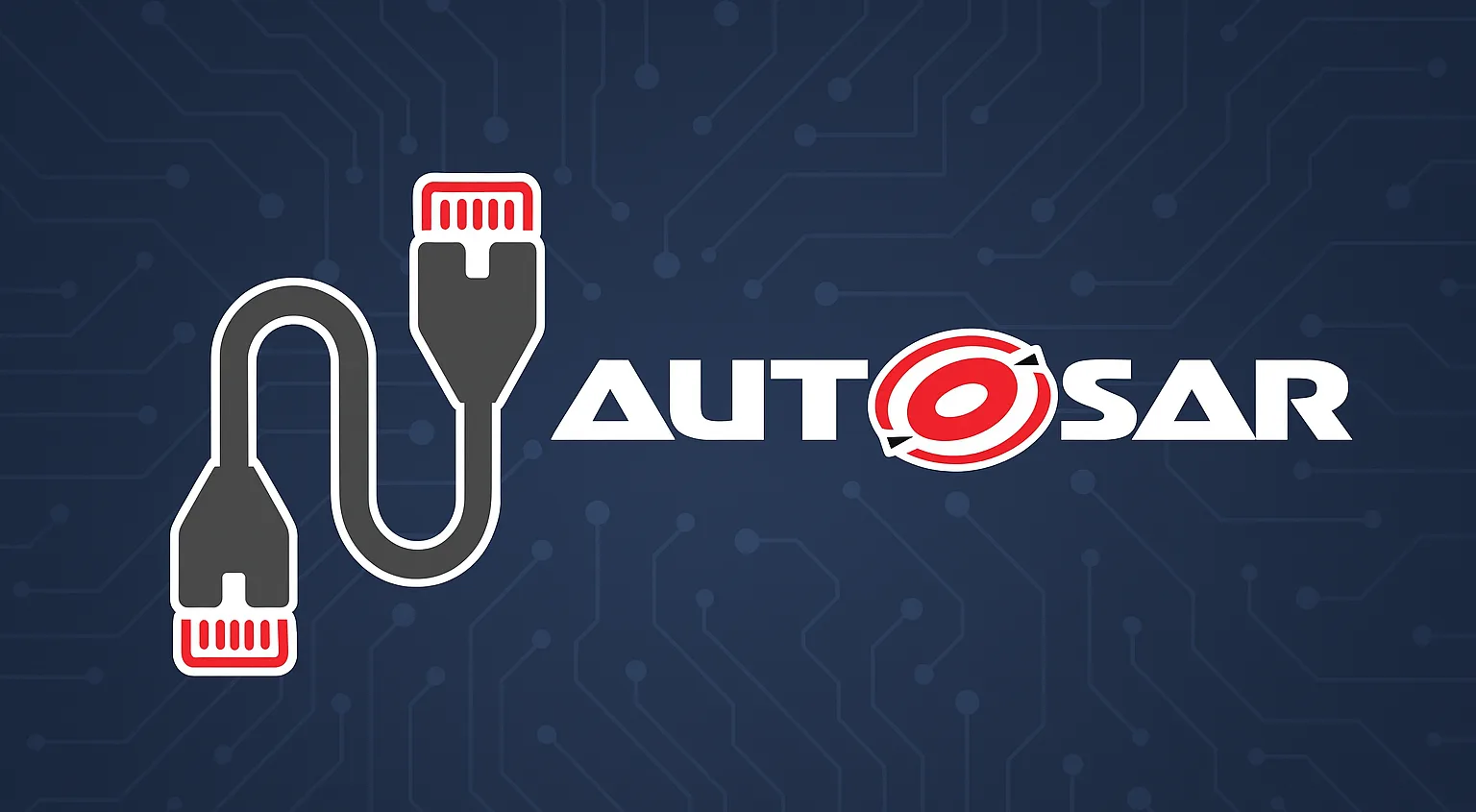Edocti Training
AUTOSAR Ethernet — Fundamentals to Integration

Curriculum
Foundations and motivation
- Why Ethernet in vehicles; differences vs. CAN/LIN
- High-level architecture view; typical topologies and ECUs
Ethernet from zero to advanced
- OSI layers overview; what app teams need from each layer
- Layer 1 (Physical): MDI/MII, PHY types (100BASE-T1/1000BASE-T1), autonegotiation/link training; MAC–PHY interfaces (MII/RMII/RGMII/SGMII)
- Layer 2 (MAC/LLC): addressing, frame format, CRC; switching operation and CAM tables; VLAN 802.1Q and priority 802.1p best practices
- Layer 3: IPv4/IPv6 addressing modes, ARP/NDP, ICMP; routing basics for automotive projects
- Layer 4: TCP & UDP essentials; DHCP vs static IP; redundancy design and fast switchover
AUTOSAR Ethernet stack
- AUTOSAR layered view; where Ethernet fits
- Sockets vs. PDU/iPDU signal-based communication — mapping trade-offs
- SoAd + PduR + Com: roles and configuration touchpoints
Service-oriented communication (SOME/IP & SD)
- Flow: Service Discovery (SD) control vs. SOME/IP data flow
- Configuration principles in SoAd, Sd and LdCom
- Network management over UDP (UdpNm)
XCP over Ethernet
- Integration via SoAd; key configuration items
- Throughput/latency considerations and lab hints
TSN/AVB and time synchronization
- TSN and Audio Video Bridging — when and why in automotive
- Time Synchronization Cluster in AUTOSAR: TSYN, STBM
- Time stamping and time bases over CAN, FlexRay and Ethernet; message sequence examples
Diagnostics over IP (DoIP)
- AUTOSAR software architecture with DoIP
- Protocol overview; DoIP Node vs. DoIP Gateway
- Configuration principles and common pitfalls
Optional modules
Optional — security & tooling
- Security touches (SecOC mapping, brief MACsec context)
- Wireshark workflows; trace-based troubleshooting; basic performance testing (iperf)
Course Day Structure
- Part 1: 09:00–10:30
- Break: 10:30–10:45
- Part 2: 10:45–12:15
- Lunch break: 12:15–13:15
- Part 3: 13:15–15:15
- Break: 15:15–15:30
- Part 4: 15:30–17:30
